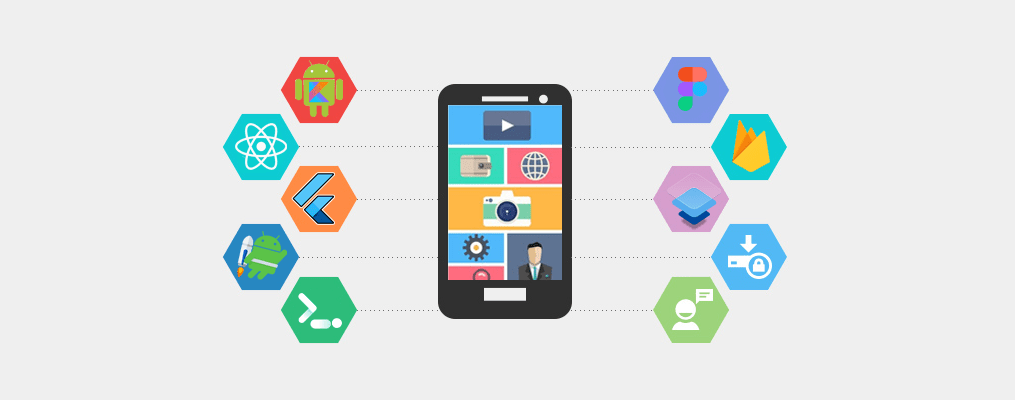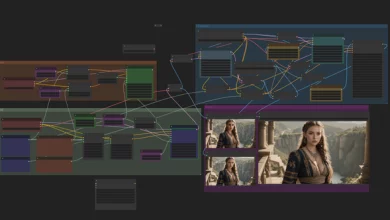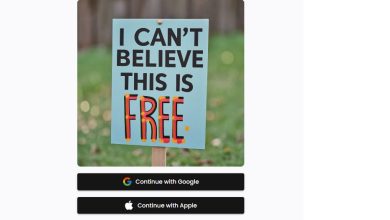
If you deemed mobile apps a successful digital industry vertical before coronavirus, the post-covid era is all set to position it at supremacy. Prior to the global pandemic, users were spending over 87% of their daily time on apps compared to the web.
With COVID-19 limiting people to their homes, mobile apps became the source of entertainment, connectivity, being updated, and working remotely. This multi-faceted portrayal of mobile apps not just strengthened their position in the digital arena but also led to a growth in app entrepreneurs.
Although it won’t be an understatement if we say that the mobile application industry was one of the most profitable domains in the pandemic era, let us nonetheless dig deeper into why pandemic an ideal time to launch your mobile app.
Impact of COVID-19 on the Mobile App Sector
- On average, 1.6 trillion hours were spent on apps in the first quarter of 2020.
- April 2020 saw a 20% y-o-y growth in the time spent on mobile phones.
- In 2020 H1 the customer purchase reached $50.1 billion.
The statistics while representative of the entire mobile economy is majorly driven by a few sectors. Below are some of them.
Popular App Categories of COVID-19 Era
1. Entertainment and Music/Video Streaming Apps
The rising popularity of Netflix is a sign that pandemic is a profitable time for the streaming industry. With the world locked down, video and music streaming on entertainment apps have been the only thing keeping them sane.
The popularity is not limited just to the streaming applications. Apps like TikTok have also been witnessing an all-time high demand. At its crux, any app which gives people a source of entertainment is being welcomed by the industry.
2. Video Conferencing Apps
The onset and expedited rise of COVID-19 cases made the remote working model mainstream. While still prevalent in certain industries, remote working became a global trend post March 2020.
An aftereffect of the event has been the rise of video conferencing applications. The marketplace is expected to rise at a CAGR of 9.7% from 2020 to 2027 period and possibly reach a market size of $10.92 billion by end of the forecast timeline.
3. Meditation apps
Even though the mobile apps sector has been on a profitable drive, what cannot be ignored is the fact that the world unanimously has not witnessed a more stressful time. While everyone is handling their stresses differently, meditation apps have seen a sharp rise. People, across age range, have been turning towards meditation apps to pass the doubts and insecurities laden isolation period.
4. On-demand Delivery Apps
At the back of the continued lockdown and social distancing, people have started installing on-demand delivery applications. In fact, upon comparing average daily downloads between February and October, we noted that mobile apps like Walmart Grocery, Instacart, and Shipt witnessed their daily downloads count increase by manifold. This rise can be traced back to social distancing – a measure promoted as a successful mode of preventing coronavirus rise.
5. EdTech Apps
Another sector that has been the worst hit by the COVID-19 spread is the education institution domain. A great number of schools have been shut down to prevent the virus spread.
In order to save any learning loss, the academic industry turned towards mLearning apps. Classes started happening through video calls whiles tests were being conducted on assessment-specific apps. The event brought a sharp demand for the development of eLearning solutions that would make learning accessible across geographical locations and network conditions.
These five are the most popular categories that COVID-19 brought to the forefront. The complete list, however, is more expensive. The crux of popularity was every app that made life easy during isolation.
While the future of these apps in terms of popularity is something that cannot be forecasted today, some trends appeared in the mobile app development domain which we can foresee continuing in the time to come as well. Let us look at them as ways you would have to prepare your app model.
The Three Defining Post-COVID Mobile App Trends
Collaboration apps will remain on a rise
The more coronavirus spreads, the more concrete would be the fact that the remote working model is effective. For anything, it comes with a plethora of benefits – lowered operational costs, better allocation of resources. Benefits that would move them from their in-trend tag to a permanent stature. This means collaboration apps like Trello or Houseparty will continue to be on a rise.
Security will prevail experience
If there’s anything that the ban on some Chinese apps has taught us it is that irrespective of what experience gets from them – the thrill of Pubg or spoilt by choice options on Shein – nothing tops security.
For mobile app developers, security will become the definition of success. We will see the development community making the use of both manual and automation tools in every part of the process, rather than performing it before deployment.
Simplicity would be a key success factor
Amidst all the stress that COVID-19 rise has sent towards people, it is only natural that app users would look for simplicity and a no-brainer experience within the mobile apps. Simplified mapping, transitions, transactions, etc. will rule the post-COVID app experience as well.
On a connecting level, we can assume a minimalism design approach to continue being a trend in the post-COVID time as well.
Summing Up
The time to come, like the present period where COVID-19 is on a rise will see the demand for mobile apps rising. While there are some categories that have become mainstream due to isolation, the general rule of thumb would remain the same – the app that will make lives easier would rule the app domain.
What we would recommend is that you relook your value offering and ensure that in one way or the other you are able to deliver a positive sentiment.
In the end, we can foresee the demand for mobile apps to continuously rise.




